Brutal is beautiful when it comes to architecture’s ugly duckling
If there was any lingering doubt that Brutalism — the architectural style derided for everything the name implies — was back in fashion, the “Atlas of Brutalist Architecture” quashes it with a monumental thump. At 560 pages representing some 878 works of architecture in over 100 countries, the outsize volume is part reference tool, part coffee table book, and certainly part of an ongoing design trend favoring big, big books.
In the case of the “Atlas,” form follows function. Monumental edifices of exposed concrete characterize Brutalist architecture. Darkened facades and sculptural forms appear straight out of dystopian sci-fi, like the much-maligned FBI headquarters in Washington, D.C.: the J. Edgar Hoover Office Building (1974) by Charles F. Murphy & Associates. In fact, the ruined cities of “Blade Runner 2049” pay homage to the bleak aesthetic, and Stanley Kubrick used two British examples: the foreboding Thamesmead estate and the hulking Lecture Centre at Brunel University, as backdrops for his 1971 classic, “A Clockwork Orange.”
Today, the architectural ugly duckling is a swan with an Instagram following. The monolithic and blocky design of Kanye West’s Yeezy headquarters in Calabasas was inspired by Brutalism. And this fall, Archinect, a digital platform for architecture based in Los Angeles, launched a line of coffee called Brutal in partnership with Yeekai Lim, a former architect and founder of Culver City’s Cognoscenti Coffee.
But like Ryan Gosling’s blade runner replicant K, or any other brooding protagonist, Brutalism is misunderstood.
Brut is not brutal. Brutalism, then, is about stripping down architecture to frank expression.
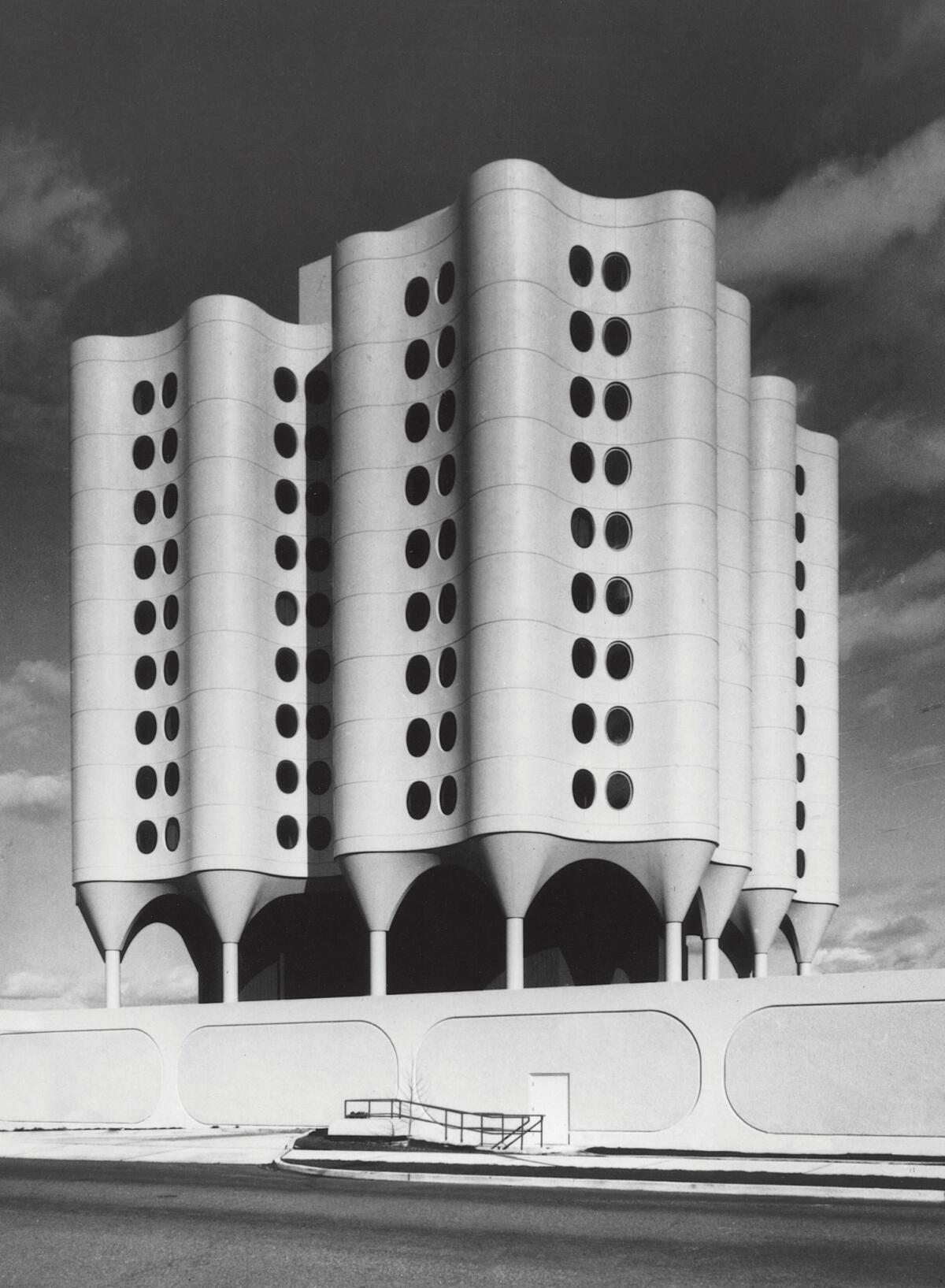
Any discussion of the style requires a de facto parsing of the term — and a tricky unwinding of historical providence. In Southern California, historian and critic Reyner Banham may be best known for the book “Los Angeles: The Architecture of Four Ecologies,” but before the sunshine came noir. In “The New Brutalism,” his December 1955 essay for the British magazine the Architectural Review, Banham credits Swedish architect Hans Asplund with coinage of the term New Brutalism. But he also gives due to Swiss-French architect Le Corbusier, who described his own construction in Marseilles, which left exposed formwork impressions in the concrete, as béton brut (raw concrete) and to French artist Jean Dubuffet, whose art brut celebrated the roughness and naiveté of art made outside of mainstream culture. Phaidon’s editorial team (there is no single author credited) quotes Banham’s three principles of New Brutalism: “1. Formal legibility of plan; 2. Clear exhibition of structure; 3. Valuation of materials of their inherent qualities ‘as found.’ ”
Brut is not brutal. Brutalism, then, is about stripping down architecture to frank expression. Given that much of the early architecture considered Brutalist was created to serve societies rebuilding in the aftermath of World War II, the style is closer to the cultural realism of French New Wave film than to a desire to make willfully ugly and inhumane architecture. For example, the precast-concrete-slab towers of Robin Hood Gardens (1972), the social housing project by Alison and Peter Smithson demolished in 2017, were intended to create communal “streets in the sky.”
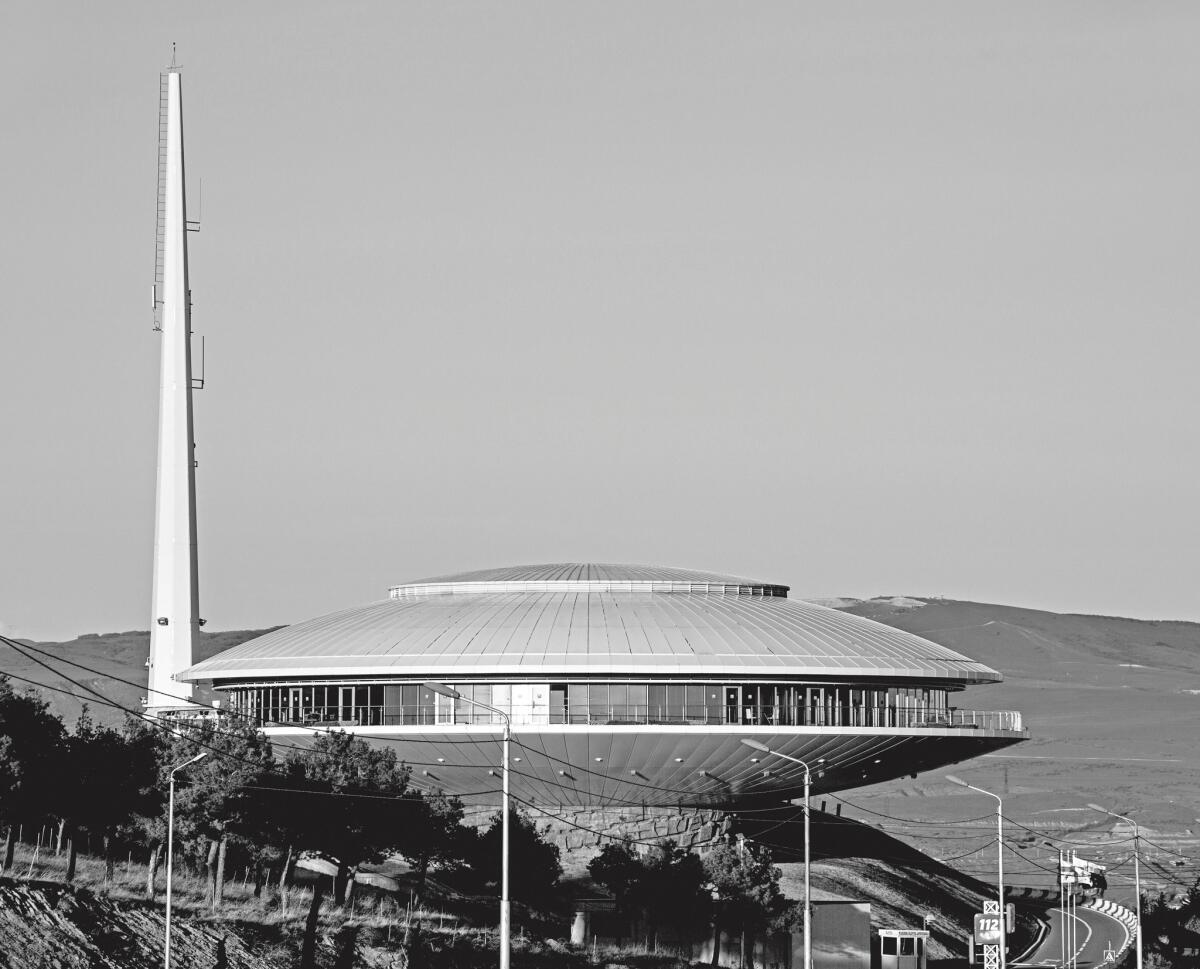
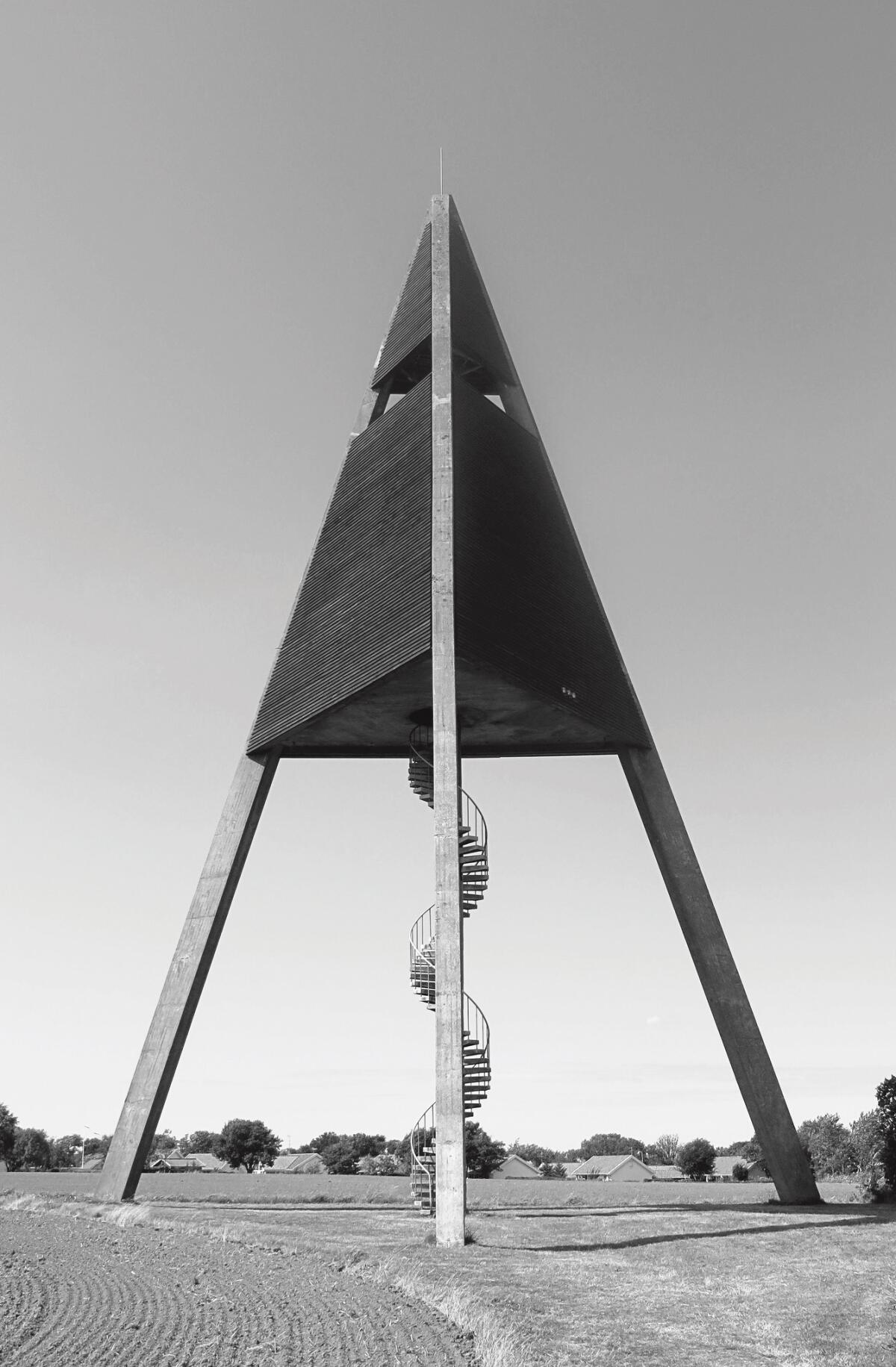
For those who study architecture and architectural history, Brutalism is a postwar phenomenon spanning roughly from the mid-1950s to the late 1970s. In the U.S. it is often bookended at one side by the rise of seemingly progressive agendas leading to urban renewal and on the other end, an economic reality: quality concrete construction became too expensive. It’s a history well-documented in the 2015 book “Heroic: Concrete Architecture and the New Boston” (The Monacelli Press). Authors Mark Pasnik, Michael Kubo and Chris Grimley substitute the term “heroic” for “brutalist” in their mission to revive the lost utopian sensibilities at the heart of this architectural style.
In the introductory essay, Phaidon’s editorial team quickly dispatches the conventional understanding of Brutalism as movement with a beginning and an end. Citing social media and the distance afforded by time, they argue for the embrace of Brutalism as a broader aesthetic temporally untethered — they include works dating to the 1920s and buildings from 2017, writing, “There’s an ever-growing consensus that Brutalism is less of an historic movement confided to the later decades of the twentieth century, and more of a continually evolving tradition that draws on a multitude of influences.”
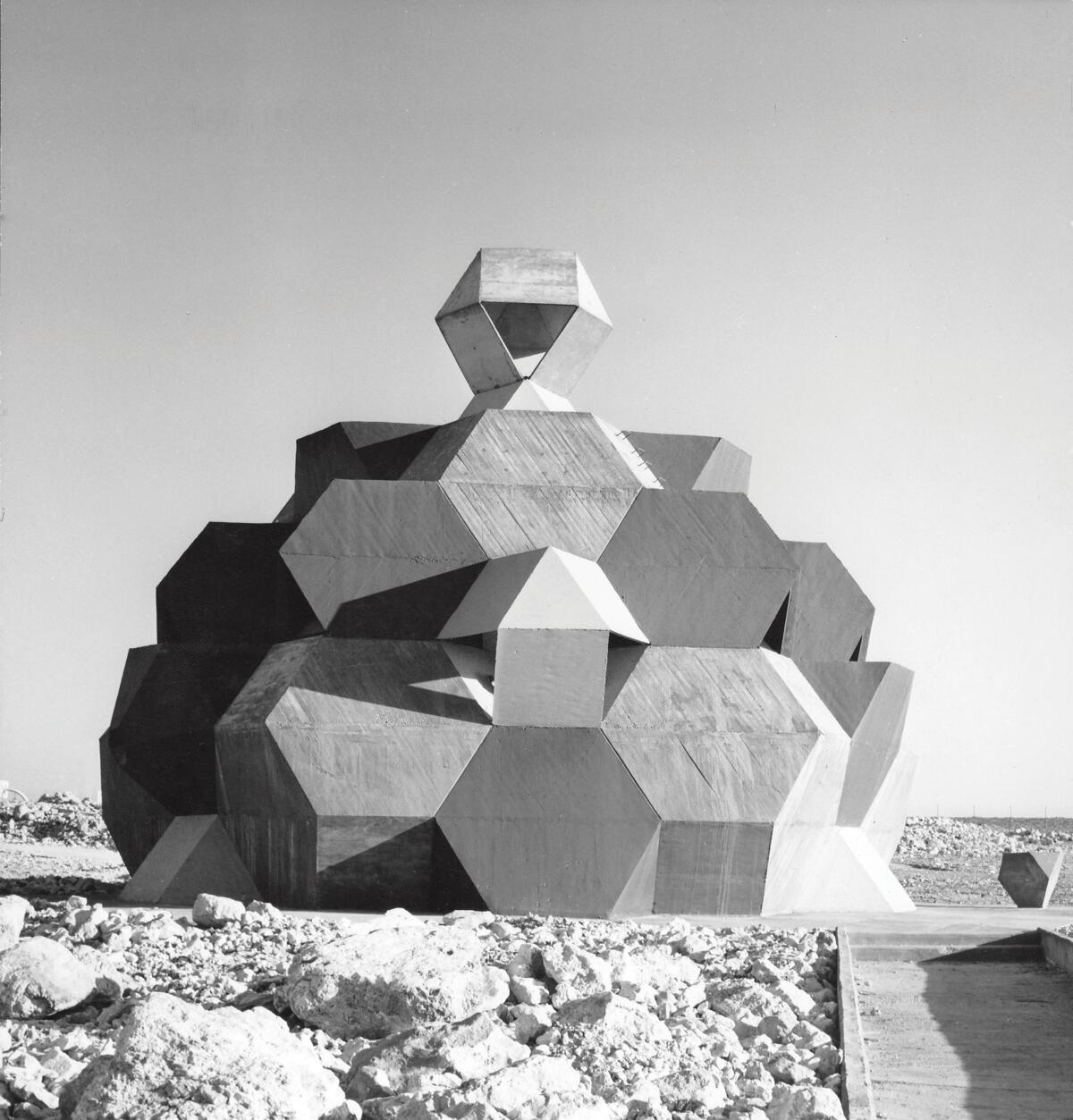
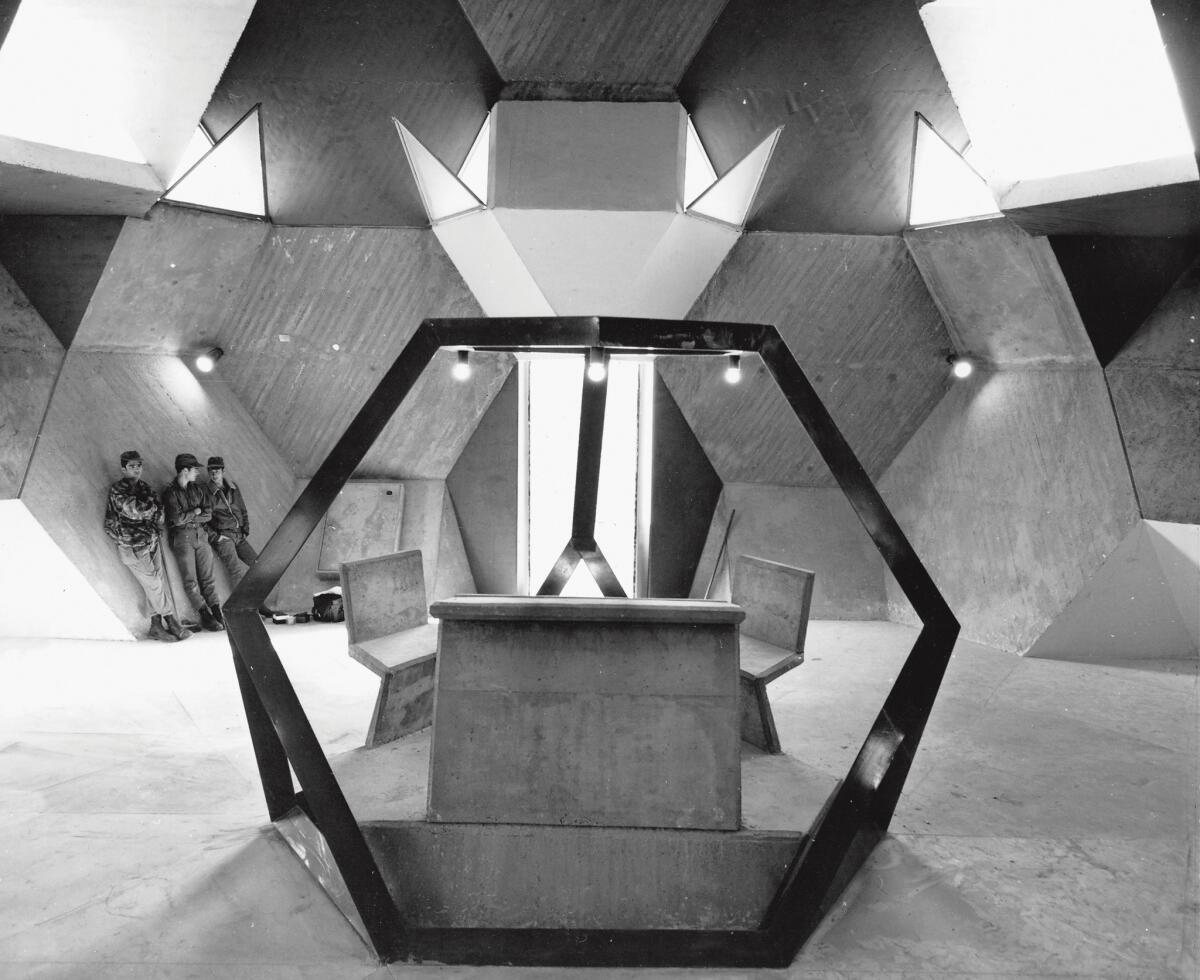
The Atlas is at its best at its most global. In general, architectural canons cover Western European and U.S. examples, but the editors celebrate Brutalism as a diverse phenomenon in Asia, Eastern Europe and Latin America. Le Corbusier’s governmental buildings in Chandigarh, India, often dominate conversations about concrete architecture on the continent, so it’s heartening to find buildings by multiple Indian architects, like the Shri Ram Centre for Art and Culture (1969) by Shivnath Prasad in New Delhi. The editors also feature several works by Brazilian architect Lina Bo Bardi, such as her rough concrete masterpiece SESC Pompéia (1977) in São Paulo. Identifying her work as “arquitectura povera” in homage to the radical art movement Arte Povera, she reconstructed the industrial shell of a former steel drum factory into a cultural arts and sports center.
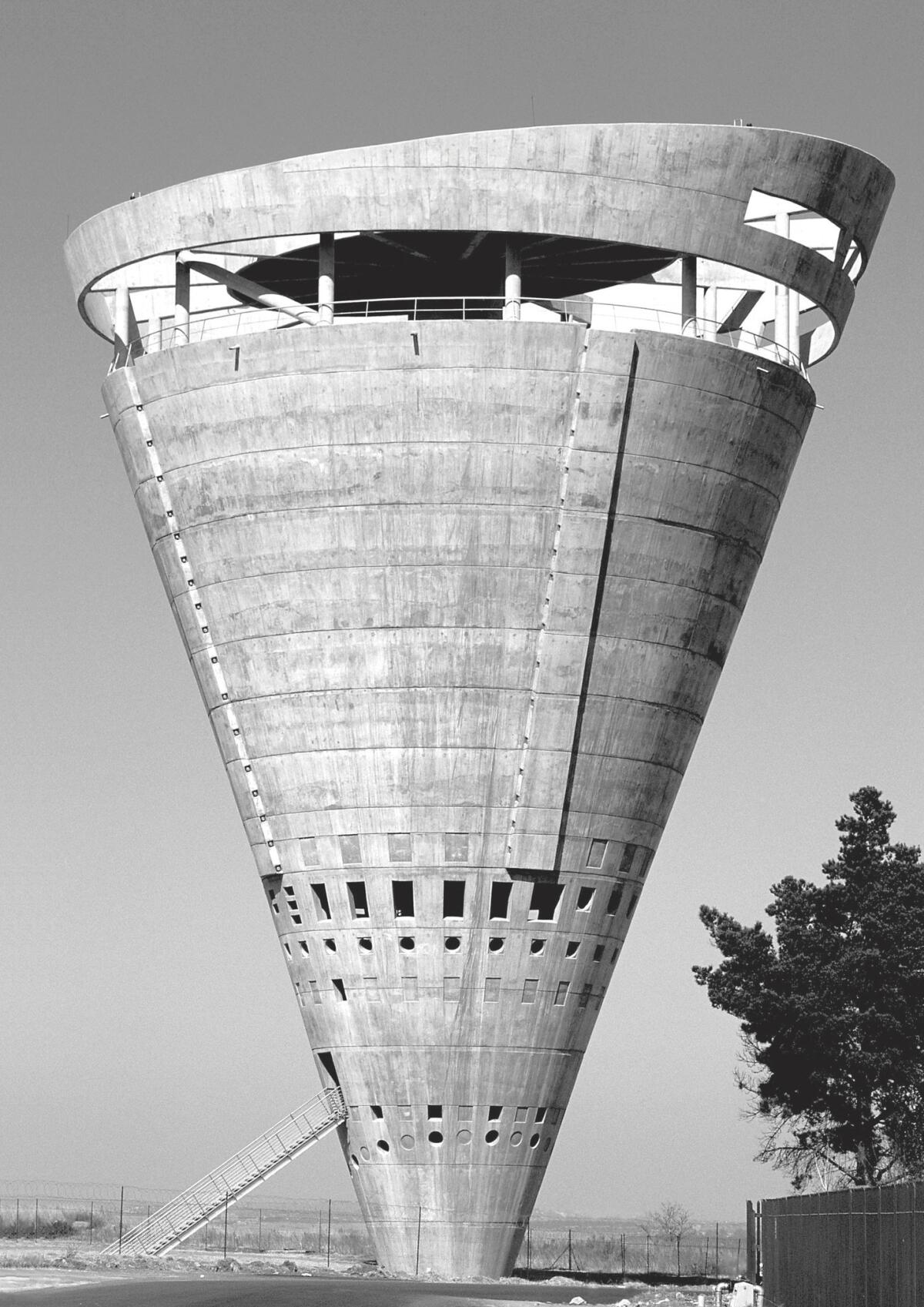
But while the “Atlas” is chock-full of international architecture illustrated with elegant black and white photography, it’s not for purists. For every building that clearly falls within canonical parameters, there’s another that provoked me to yell a stream of “-isms” at the page: “That’s not Brutalism; it’s Constructivism, Late Modernism, Metabolism …”
The editors’ modest coverage of Southern California illustrates this exasperation. Of the eight buildings represented, two are undisputed icons — Louis Kahn’s Salk Institute and William L. Pereira’s Central Library for UC San Diego; a third gem is the often overlooked St. Basil’s Catholic Church (1969) on Wilshire Boulevard by AC Martin & Associates. But then things get debatable. Is John Lautner’s expressive Sheats-Goldstein House (1963) with its coffered concrete cantilevered roof and infinite view really Brutalist? Ditto for Samitaur in Culver City. Built in 1996 by L.A’s Eric Owen Moss, the architecture is experimental and sculptural. The long building rests on exposed steel girders and owes more to Decon and Postmodernism — academic discourses popular in Los Angeles in the ’80s and ’90s — than to Banham’s principles.
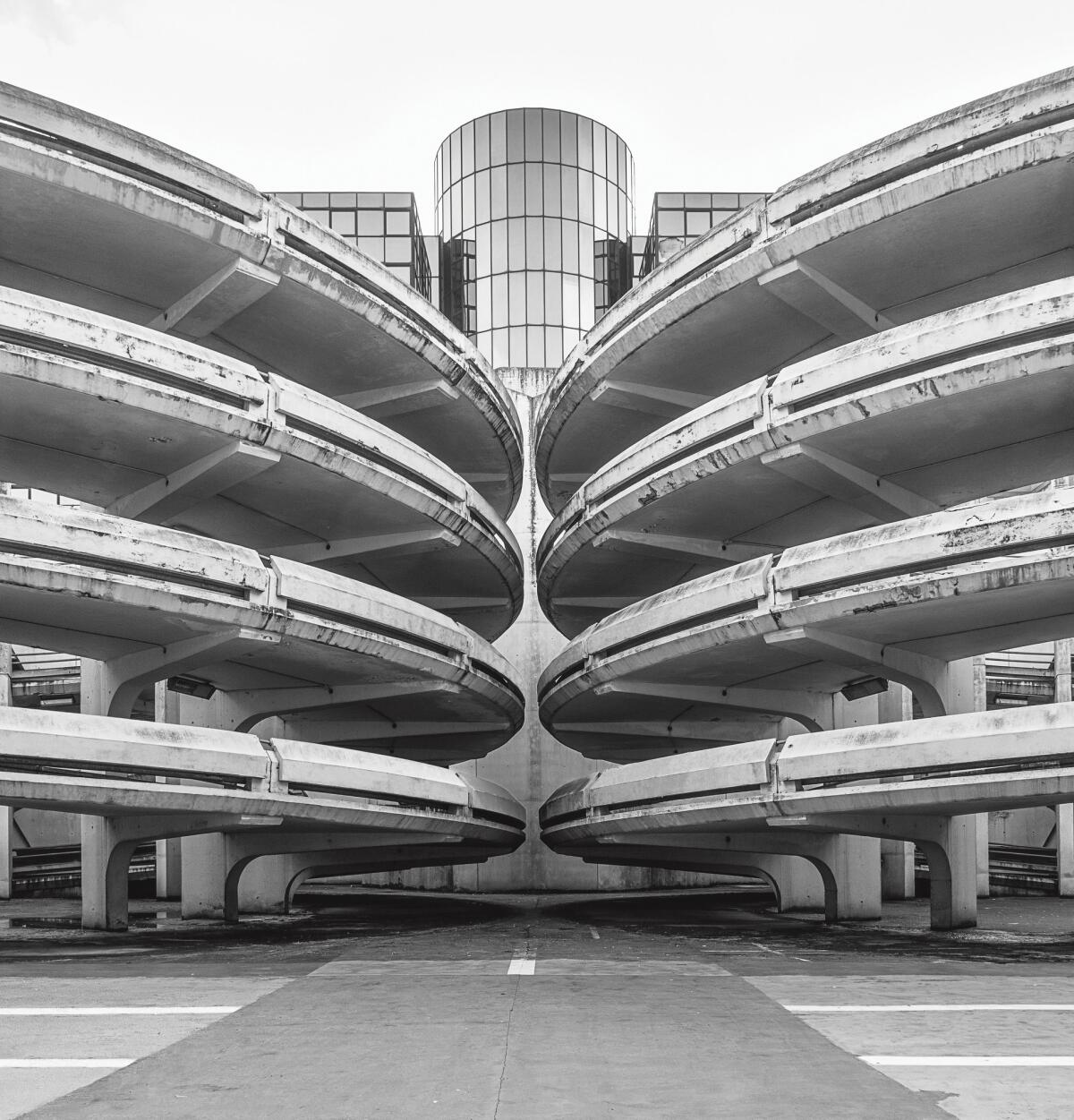
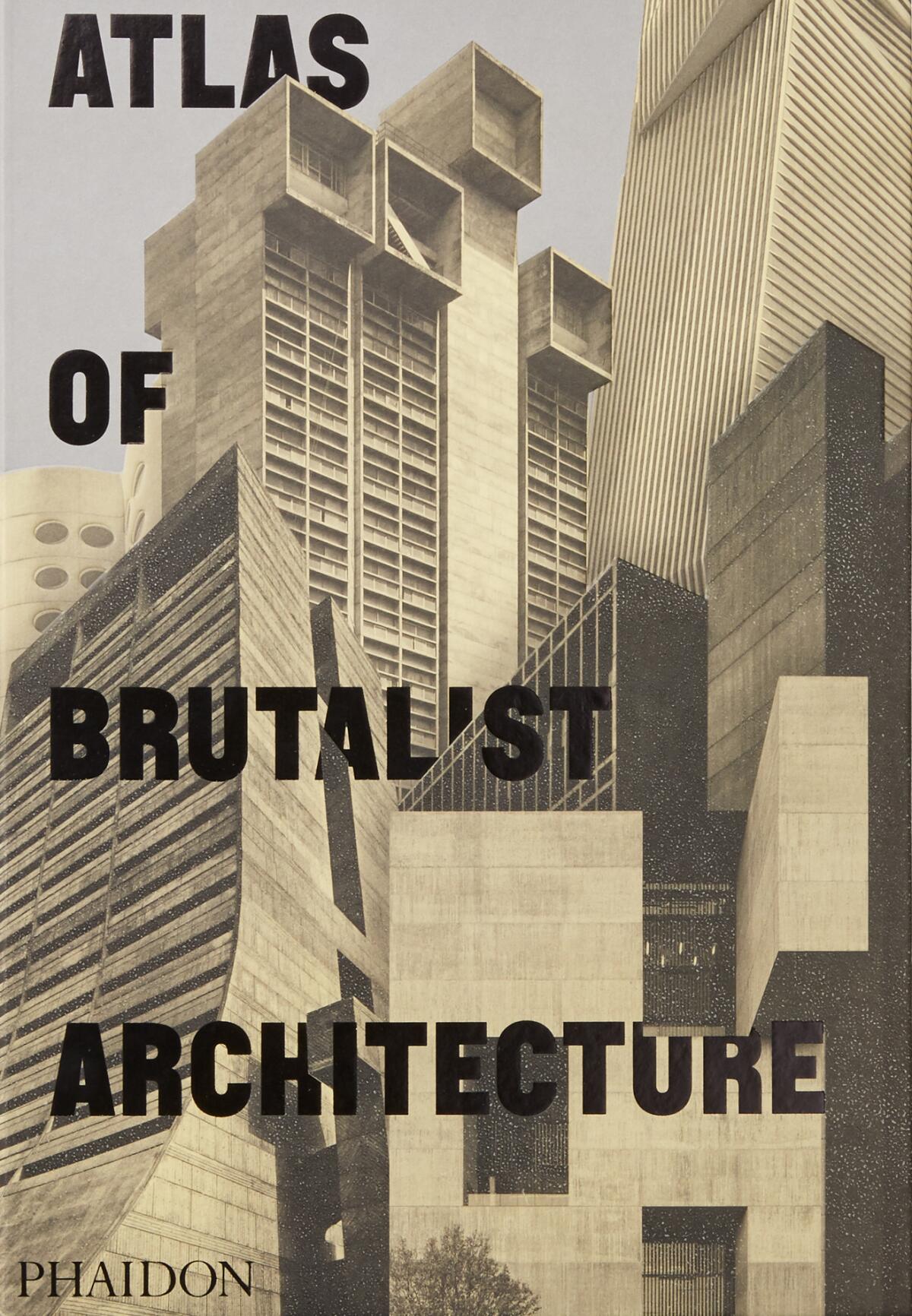
But rather than quibble, it might be more useful to turn to the recently published “Concrete Los Angeles Map: Guide to Concrete and Brutalist Architecture in LA.” The map lists some 50 projects, counting two of my personal favorites: the Glendale Municipal Services Building (1965, also by AC Martin & Associates), which bears formal similarity to a window air conditioning unit built out of concrete, and the richly textured Braille Institute (1974, also by Pereira). A single folded sheet versus an unwieldy tome, the map reminds us to disconnect from the online culture, which Atlas editors claim boosted a rebirth in Brutalist appreciation, and go tour concrete architecture in our own backyard.
::
Phaidon; 560 pp., $150
Mimi Zeiger is a Los Angeles-based critic and curator. She was co-curator of the U.S. Pavilion at the 2018 Venice Architecture Biennale.
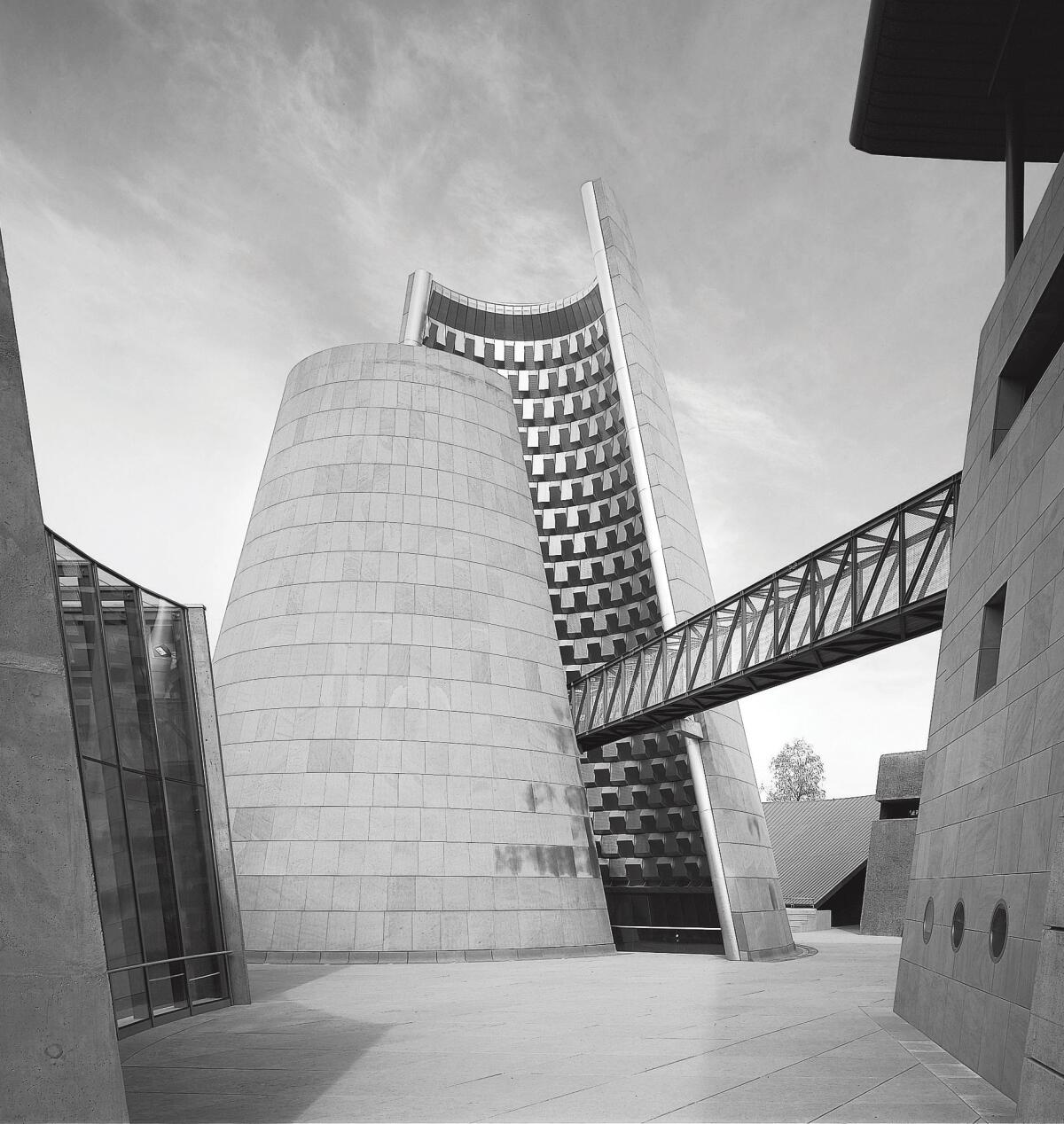
Sign up for our Book Club newsletter
Get the latest news, events and more from the Los Angeles Times Book Club, and help us get L.A. reading and talking.
You may occasionally receive promotional content from the Los Angeles Times.





